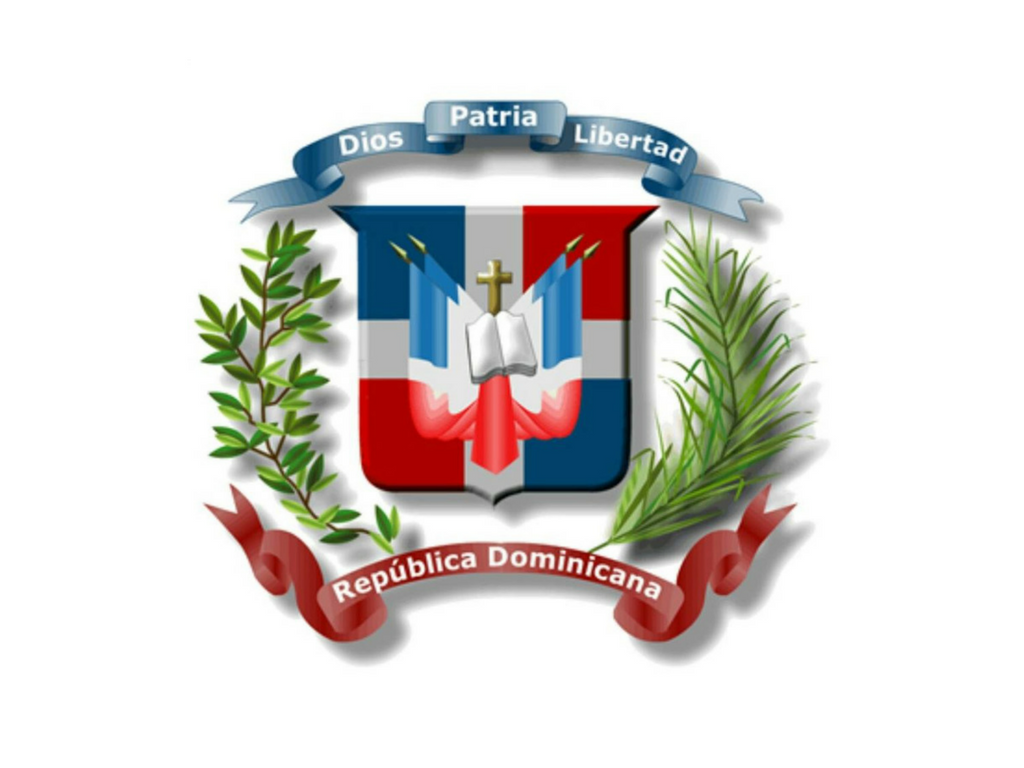
The French developed in their territory a flourishing economy based on plantations and an active trade, while the Spanish zone, where trade was avoided and there was little interest in it by the administrative authorities, declined. In 1795 Spain finally handed over the whole of Hispaniola to France by the Treaty of Basel.
During the following years, Santo Domingo was caught in the social upheavals from its neighbor Haiti, disputed by French, Spanish and British, as well as by Indians and blacks. In 1801, Toussaint Louverture, Haitian independence leader, took control of the whole island, and three years later the Haitians expelled the French and recognized the independence of Haiti; the Spanish part remained in the possession of the French troops until 1809, the year in which Spanish sovereignty was restored thanks to the La Reconquista movement led by the Dominican Creole Juan Sánchez Ramírez.
From that moment began the period known as the ‘Spain boba’, during which the Spanish administration exercised a terrible tyranny. The discontent of the Dominicans was increasing until in 1821, led by José Núñez de Cáceres, they rose up in arms and proclaimed the independence of the free State of Spanish Haiti. The following year, Haitian President Jean Pierre Boyer occupied the country militarily and annexed it to Haiti.
Boyer ruled until he was overthrown by a general uprising in 1843 led by patriot Juan Pablo Duarte, who founded the secret society La Trinitaria, whose goal was to achieve independence from the island’s former Spanish zone. A year later, in 1844, the revolutionaries, led by Ramón Mella and Francisco del Rosario Sánchez, founded the Dominican Republic, and Duarte, who was exiled, entered triumphantly into the country and received the title of ‘father of the fatherland’.
The first president was Pedro Santana, who served as such between 1844 and 1861 in what is known as the First Republic. Their three presidencies were characterized by popular discontent and frequent disputes with Haiti over border boundaries. The internal conflict was carried out by two political groups: one faction intended to re-establish the Spanish government and the other defended the annexation to the United States. In 1861 Santana offered the country to the old metropolis and rebellions followed one another during the following years. The ensuing military defeats provoked by the intervention of the United States forced the Spanish government to withdraw its forces and to annul the annexation. The Second Republic was proclaimed in 1865 with the abandonment of the country by the last Spanish soldier. In 1868, Buenaventura Báez, head of the Red Party (conservative), tried to annex the country to the United States. Eleven years later, in 1879, the leader of the Blue Party (liberal), Gregorio Luperon, assumed the presidency. At the end of the nineteenth century the economic situation of the Republic was very serious.